The e-commerce world is ever-evolving to improve customer satisfaction and trust. And the success of the business depends on supply chain management. As a business owner, you should aim for a streamlined process that ensures your customers’ orders are fulfilled in time while you also maximize profit. You can use a fulfillment center or warehouse for direct-to-customer order fulfillment.
However, these options have their strong suits and may only be suitable in some cases. This article explores fulfillment centers and warehouses, including their operations and how to consider the best for your e-commerce business.

What Is A Warehouse?
A warehouse is for storing items pending distribution or further processing. This facility is a large storage center designed to house and protect bulk inventory for an extended period. You may use your home, rent a small space, or lease a warehouse space to keep inventory, depending on the size of your business. Regardless of your choice, it is best to use a warehouse in a strategic location accessible to major transportation routes.
Warehousing is essential in the supply chain because it helps manage inventory, secure your products, and optimize space. Using a warehouse can prevent stockouts and ensure your items are available when needed. You can always retrieve stock whenever you run low.
What Is A Fulfillment Center?
A fulfillment center is a specialized facility designed to optimize the end-to-end processes of handling orders from the moment a customer places the order till its final delivery into the hands of that customer. As an e-commerce business owner, you can outsource order fulfillment and third-party logistics (3PL) to the fulfillment center. You can rest assured that your customer will get their items swiftly and in good condition when you partner with reputable 3PL companies.
The fulfillment center handles the entire fulfillment process, from order processing to picking and packing, shipping, and logistics. Fulfillment agents offer value-added services like thread trimming, labeling, ironing, printing, and heat transfers. They also process returns to improve customer satisfaction and build trust.
Because a fulfillment center handles a wide range of processes, it can be a game changer for your business. The facility helps you process online orders, regardless of the volume, and deliver to customers timely and efficiently, helping you streamline your operations. In addition, using a reputable fulfillment agent can increase your business’s performance and boost your profits.
How Is A Fulfillment Center Different from A Warehouse?
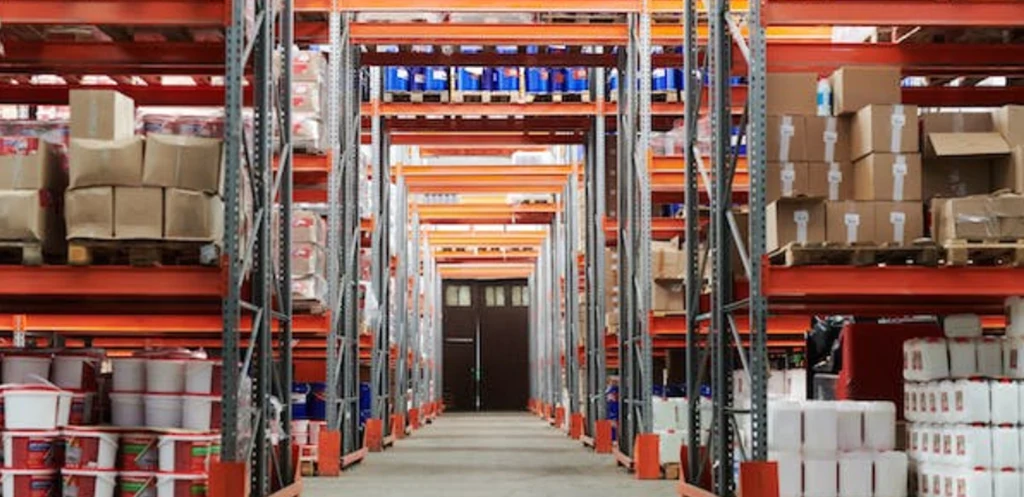
Understanding the differences between a warehouse and a fulfillment center can help determine the best facility for your business needs. We can categorize these differences as the following:
Purpose
The primary purpose of a warehouse is to store goods long-term in a designated location. This facility provides an organized and secure space for your inventory pending distribution.
On the other hand, a fulfillment center handles rapid order processing and shipping. Like warehouses, fulfillment centers also manage inventory. However, they prioritize the organization and accessibility of the items to meet the demands of your e-commerce business. Fulfillment agents can efficiently handle several customer orders simultaneously and ship to them as quickly as possible.
Operations
A warehouse has static operations – inventory is added or transferred out. This facility may also offer additional services. In contrast, fulfillment centers are more active, have complex operations, and have continuous movement. A typical process in a fulfillment center includes receiving inventory, processing orders, picking and packing orders, shipping, and managing returns.
Scalability and Adaptability
A warehouse is adaptable and can store several types of goods across various industries. However, it is less scalable than a fulfillment center. Due to their scalability, a fulfillment center better suits your growing e-commerce business. The facility can handle fluctuating order volumes and adapt to changing market demands without incurring additional infrastructure or staffing costs.
Geographic Distribution
Warehouses use a traditional approach in their location choices. Therefore, they may not be close to you or your customers. In contrast, fulfillment centers are strategically positioned near critical markets, ensuring goods reach customers swiftly. Usually, there may be multiple distribution centers across regions to optimize shipping times and efficiency.
Handling of Returns
Sometimes, a customer may buy the wrong item, may not like the item, or the logistics company might make an error. In these cases, returns happen. Unfortunately, not all warehouses can handle returns.
Conversely, fulfillment centers are often equipped to handle returns. This facility has a robust reverse logistics system to process returned items, manage the associated logistics, and improve customer satisfaction.
Technology and Automation
Warehouses use technology like RFID or radio frequency identification to track real-time inventory. However, this facility may not have the advanced automation systems used in fulfillment centers.
Fulfillment centers heavily rely on technology and automation to process orders, manage inventory, and track delivery. The use of automation and technology ensures accuracy and efficiency in operations. Technology like carton sizing and box building are used to handle high-volume orders. Fulfillment centers may also use conveyor belts to transport boxes through the packing and labeling.
Shipping Frequency
Warehouses run a scheduled and less frequent pickup system to save costs. Usually, items are batched and wrapped together instead of being sent to the final customer individually.
Conversely, fulfillment centers have different shipping carriers to fulfill orders to consumers as soon as they are placed. Consequently, this facility may process orders daily, providing customers with guaranteed same-day or next-day shipping options if they place the order on or before the cutoff time. For instance, orders placed before noon may qualify for same-day delivery.
Operational Costs
Warehouses typically have lower operational costs. Since most activities take place in a large room, there is minimal need for staff or automated machines. Fulfillment centers are more expensive than warehouses. Additional staffing and equipment costs add up quickly, increasing the overall operational costs.
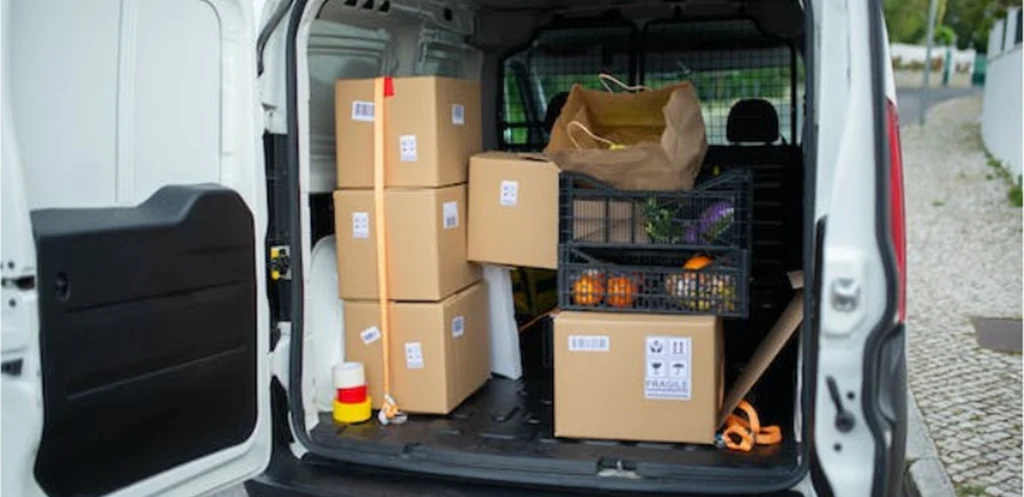
How Does A Warehouse Operate?
As mentioned earlier, the primary operations of a warehouse are storage and inventory management. At a warehouse, processes start with receiving the goods from manufacturers, suppliers, or distribution centers. These goods undergo inspection and quality checks upon arrival. The staff ensures the items are in good condition and match the accompanying documentation.
Goods that pass the quality inspection are organized and stored within the warehouse. They may be stored in assigned or strategic locations for easy retrieval. Storage is often long-term, and security measures are in place to protect inventory. If applicable, the staff will also use inventory management systems to track stock levels and monitor shelf-life.
Whenever there is a retrieval request, the warehouse staff will locate and retrieve the items from storage. Because warehouses handle bulk orders, they often batch them into single packages for distribution to retailers or customers. These orders are then made ready for shipment through shipping carriers.
Other operations of a warehouse include inventory audits and reporting. The purpose of inventory audits is to reconcile the physical and recorded stock levels and identify discrepancies. The facility may also report and analyze data frequently to help businesses make informed decisions.
How Does A Fulfillment Center Operate?
A fulfillment center has a more detailed approach to ensuring the correct goods reach consumers in the best condition. The operations of a fulfillment center include the following:
Receiving Inventory
A fulfillment center receives items from a manufacturer or supplier and adds them to its stock. The staff will inspect the goods on arrival for damages or discrepancies and verify the delivery against purchase orders. The new inventory data is also inputted into the inventory management system to track orders.
The staff will also organize the goods to maximize space and keep them in optimal conditions for the best product quality.
Order Processing
When a customer places an order on your e-commerce platform, the order is electronically transmitted to the fulfillment center’s system. The center then records the order, checks the availability, and reserves the item on the inventory system.
Order Picking
Order picking involves locating and collecting a customer’s order from the inventory. Order picking aims to minimize the time it takes to fulfill an order. Trained staff usually navigate the vast facility to pick the correct items. Some fulfillment centers use automated picking systems like carousel or robotic pickers for high-volume orders, ensuring accuracy.
Order Packing
Orders undergo quality control checks before packing to meet the required standards. The items are then securely packed to protect them during transit and ensure customer satisfaction. Trained staff also affix the shipping label, including the delivery and return address, clearly on the outside of the package.
Shipping
The fulfillment center will ship the orders to the customers through the chosen shipping method. These methods vary depending on the nature of goods transported, delivery speed, and cost. Typically, fulfillment centers have relationships with shipping carriers that will dispatch orders swiftly. Customers can also track the delivery of their items through the tracking information provided. Timely and efficient shipping maintains customer trust and satisfaction.
Returns Processing
An efficient returns process ensures that customers can return their orders if there are discrepancies. The staff will inspect, restock, and update inventory records accordingly for returned items. However, it is essential to minimize return rates and reduce customer dissatisfaction. The best fulfillment partner ensures clear communication and analyzes return reasons to help improve product quality and customer trust.
Which Is Better for Your E-commerce Business – Warehouse or Fulfillment Center?

Warehouses and fulfillment centers help with storage and distribution. However, both options have their peculiar advantages and disadvantages. The best solution for your e-commerce business depends on your specific needs, resources, and objectives.
Here are a few factors to consider before making a choice:
Order Volume
A fulfillment center is better for your business if you have consistent high-volume orders. This center ensures efficient and speedy delivery. On the other hand, if your business processes small orders with variable volumes, a warehouse might be a more suitable option.
Product Type
Time-sensitive and perishable items need to be delivered immediately. A fulfillment center comes in handy in this case. If your items are not time-sensitive, a warehouse may be cost-effective.
Control
You can outsource the order fulfillment process with a fulfillment center, limiting your control. A warehouse might be better if you want specific quality control measures for your goods.
Cost
Consider the overall cost of each option to know which is more suitable for you. Carefully assess the fulfillment fees, storage costs, and shipping expenses. However, a fulfillment center might save your business money.
Fulfillment providers often manage multiple customers simultaneously, increasing their purchasing power. Vendors usually give heavy discounts to customers with higher order volumes, translating to lower costs. In addition, fulfillment providers may broker deals with shipping carriers, reducing overall costs.
Scalability
As a mid or small-business owner, growth is vital to more profit and increased brand visibility. Consider your business’s growth potential before choosing a warehouse or fulfillment center. Fulfillment centers are more scalable and adaptable for rapidly growing businesses.
Geographic Reach
Fulfillment centers may be better for your business if you serve a wide geographic area. The centers have strategically located facilities that may be beneficial to your business.
Conclusion
Choosing between a fulfillment center and a warehouse is pivotal to your e-commerce business growth. This article sheds light on each option, their operations, and when they are most suitable for your business.
Fulfillment centers are your best bet for speedy delivery, scalability, and efficiency. However, this option comes with associated costs, and you may have to relinquish control over your order fulfillment process. On the other hand, warehouses offer long-term storage and meticulous inventory management. This option may be the best for you if your business focuses on control.
Ultimately, the best choice depends on your unique business needs, objectives, and resources. By making an informed decision, you can confidently navigate the dynamic e-commerce landscape, delivering exceptional value to your customers and positioning your business for sustainable growth and success.



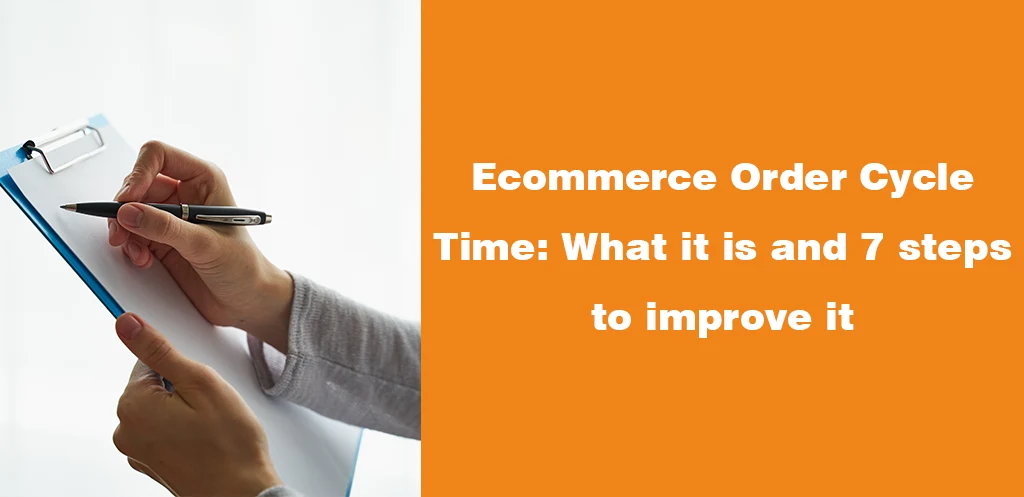

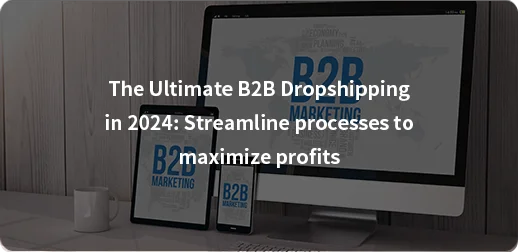






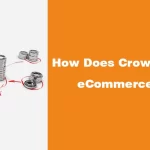




Thanks for sharing. I read many of your blog posts, cool, your blog is very good.